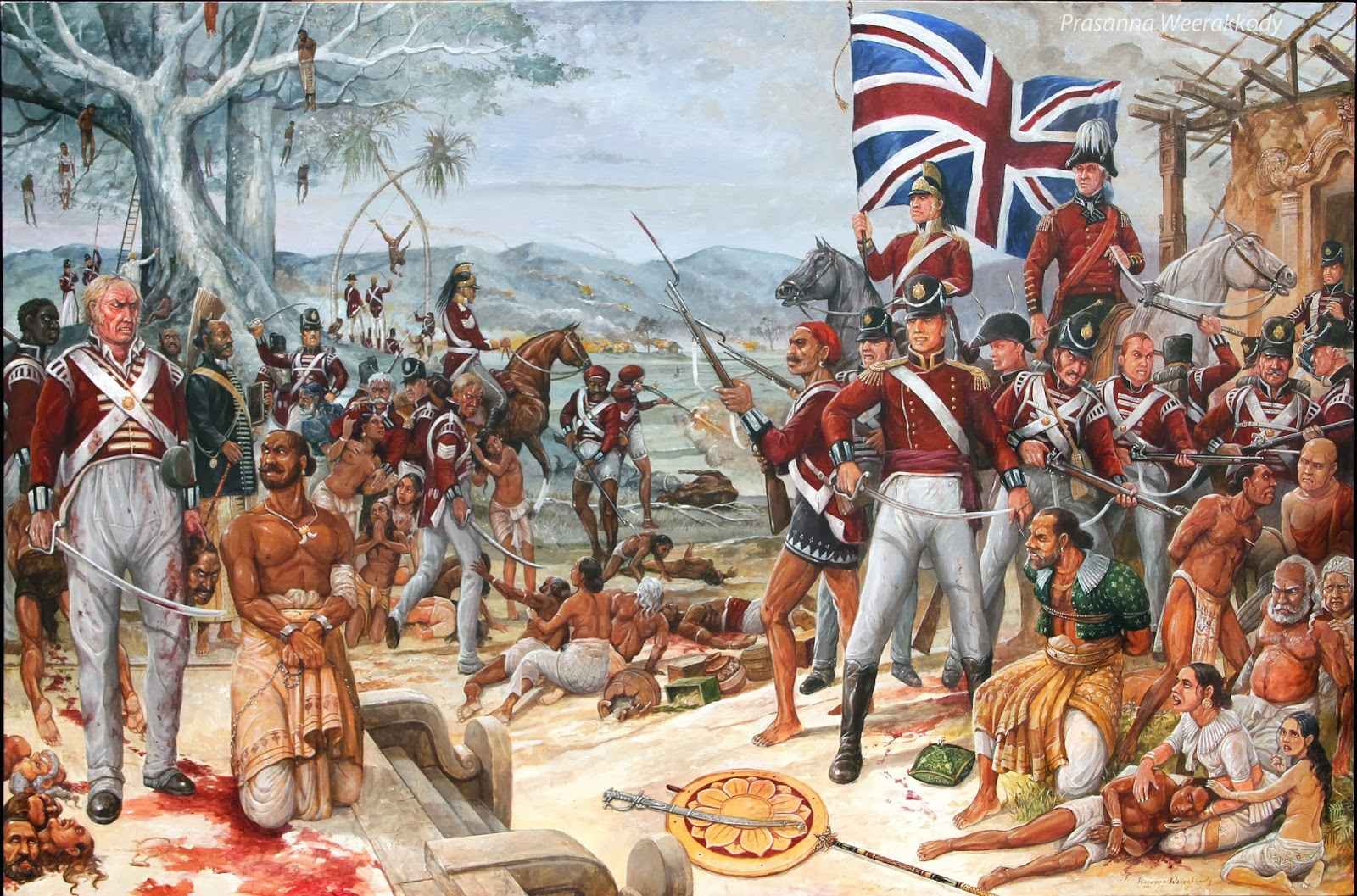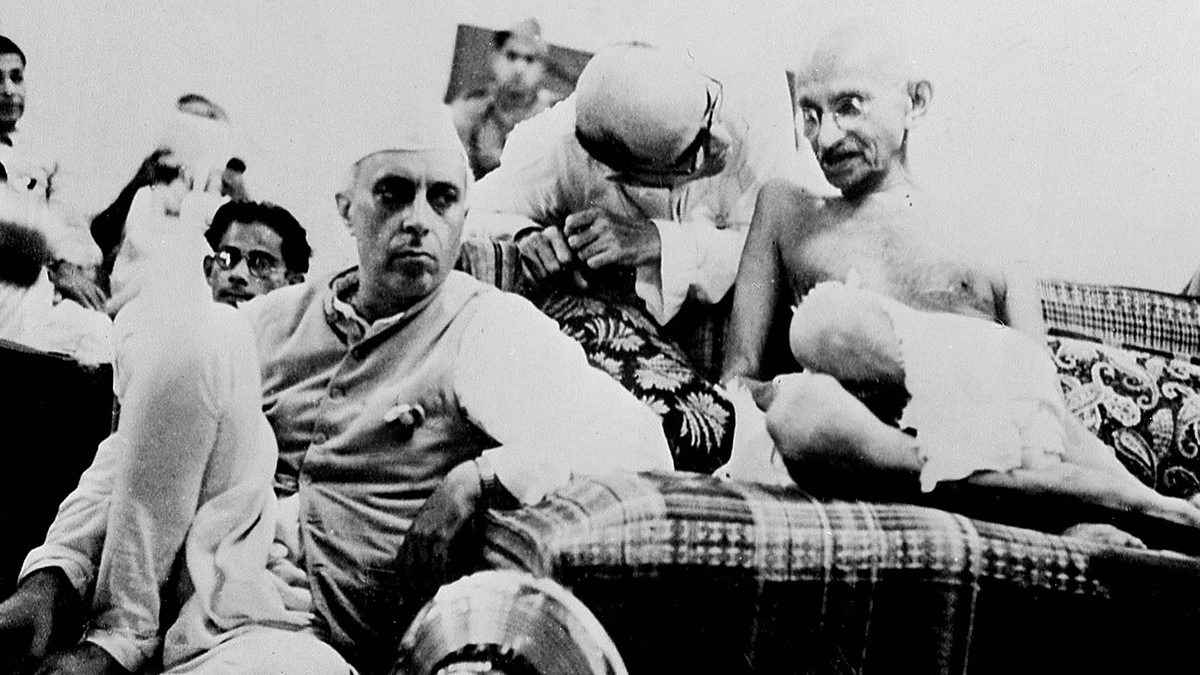With the failure of the Cripps Mission, there was widespread discontentment among the Indians. Japan was advancing towards India and the fall of India to Japan was imminent. Gandhiji warned that only a free India could defend herself and he urged for the right of self-determination to Indians.
But there was also a difference of opinion among the Indian leaders. While Gandhiji demanded that the British should immediately withdraw from India, Subhash Chandra Bose from Berlin urged for co-operation with Japan as with this means India would be liberated.
The difficulties of Britain would be the opportunities of India. Since the Congress was opposed both to British and Japanese imperialism, the call of Subhas did not appeal to them. Another eminent leader of the Congress, C. Rajagopalachari did not support the proposal of immediate withdrawal of Britishers.
He was, rather in favour of accepting the Cripps proposal and the principle of Pakistan. Being unable to agree with the proposals of Gandhiji, Rajagopalachari resigned from Congress.
ADVERTISEMENTS:
Gandhiji adopted a stern attitude to pressurize the British Government to quit India. But when this proposal did not receive any response from the government, the Congress Working Committee met at Wardha on 14th July 1942 and adopted the famous “Quit India Resolution”. With little modification this resolution was adopted by the All India Congress Committee at its Bombay session on 8th August 1942. The Committee asserted India’s right to freedom and decided to start a mass struggle on non-violent means on the widest possible scale.
Addressing the Conference, Gandhiji gave the call “Do or Die”, either to get India free or to die in this attempt. But before the movement could be launched Gandhiji and all other leaders of the Congress were imprisoned. Thus, the people were left leaderless. People took it as a challenge and resorted to hartals, mass meetings, processions etc. The Government banned them all and imposed section 144 at most of the places.
The police forcefully dispersed the public meetings, “lathi charged” and even fired at the public. The Congress was declared an unlawful association. In the absence of leaders, people voluntarily did whatever they could in protest of the British rule. Under this circumstance, it was impossible to continue the movement in non-violent means.

image source: ceylontrip.com/wp-content/uploads/British-Ceylon-history-sri-lanka-steuart-holidays.jpg
ADVERTISEMENTS:
The people disrupted railway lines, burnt out police and railway stations, destroyed telephone and telegraph poles. The revolt was spearheaded by the students, peasants, workers and lower middle class people. People set up parallel government at some places. The government was able to crush the open movement with a heavy hand. But the underground movement continued for a long period. The Socialist Party under the leadership of Jaya Prakash Narain, Ram Manohar Lohia, and Mrs. Aruna Asaf Ali etc. largely participated in organizing underground movement.
The Quit India Movement was not supported by the Muslim League and the Communists. When Russia joined the war on behalf of the Allies, the communists began to demand the withdrawal of the movement and pleaded all support to the government in its war effort. The Muslim League considered the movement as the attempt of the Congress to turn out the British forcefully as a result of which Muslims would be enslaved by the Hindus. Even the depressed class leader Dr. B.R. Ambedkar described the movement as irresponsible and an act of madness.
The movement collapsed as it lacked leadership and organisation from the beginning. Jayaprakash Narain said that the movement failed due to lack of co-ordination among the Congress people agitating in different parts of the country. There was absence of a clear cut programme of action. Another weakness of the movement was that it was confined only to students, peasants and lower middle class. But the upper middle class had lost their faith in the Gandhian methods of action.
ADVERTISEMENTS:
Thus, the movement did not enjoy widespread popularity which greatly contributed to its failure. But the movement was not a dismal failure; rather the movement of 1942 gave the death blow to the British rule. India’s march towards freedom was hastened. This movement sparked off an aggressive national consciousness. Many people sacrificed their careers, property and even lives.
The movement also created a World-wide opinion particularly in U.S.A. and China in favour of India’s independence. President F.D. Roosevelt of U.S.A, put pressure on the British Government to grant the right of self determination to India. On the whole, the movement had its own importance and facilitated the freedom movement in India.
